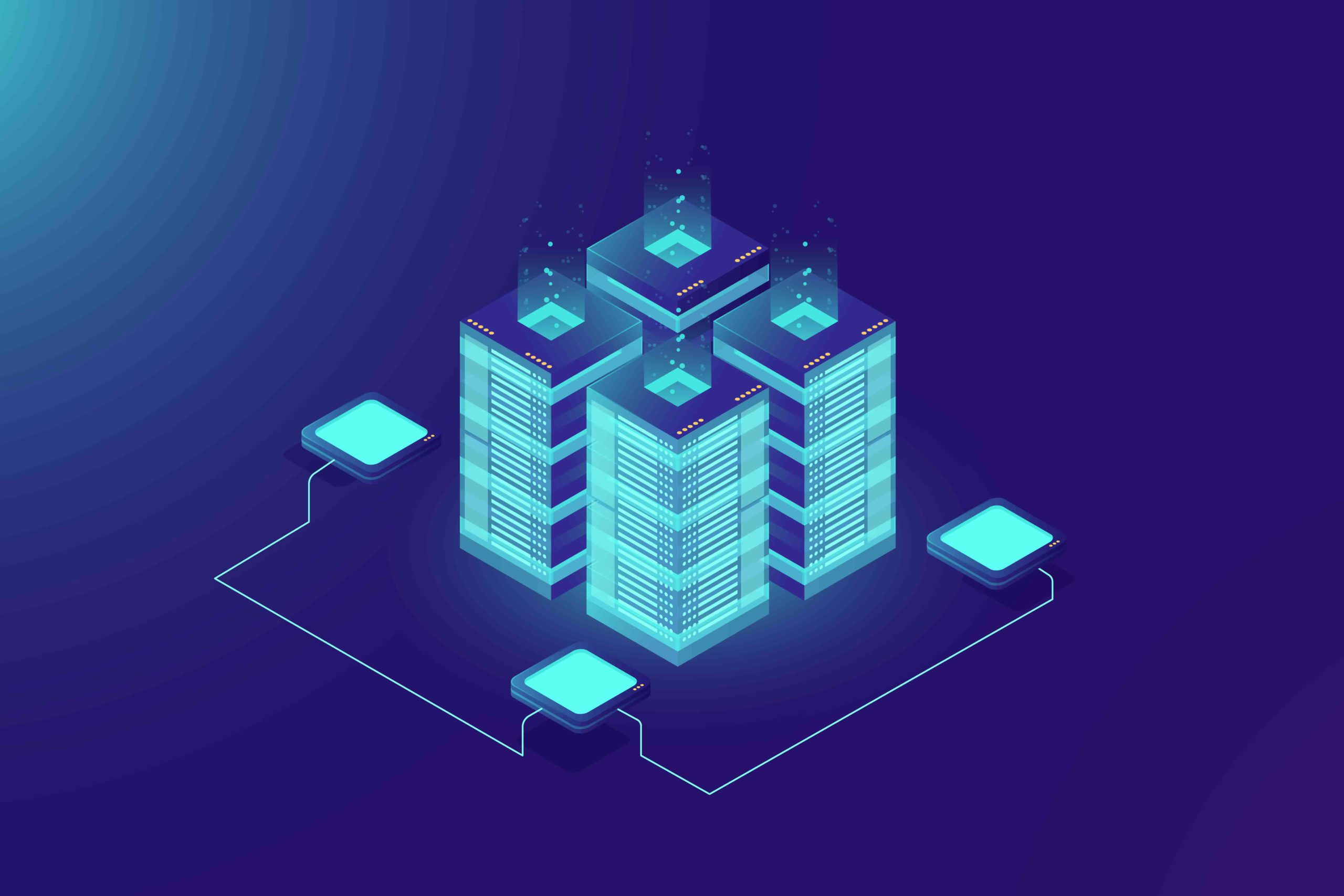
Demystifying Block chain Technology: The Game-Changer in the Digital World
Demystifying Block chain Technology
I. Introduction
Can you imagine a world where transactions are transparent, secure, and don’t require a middleman? Welcome to the transformative world of blockchain technology. Since its origin with Bitcoin, blockchain has journeyed beyond being the backbone of cryptocurrencies. In today’s rapidly evolving digital landscape, blockchain technology has emerged as a revolutionary force, promising secure, transparent, and decentralized transactions.
Blockchain has captured the attention of businesses, industries, and tech enthusiasts alike and forging a decentralized path across various industries, rewriting norms, and challenging traditional systems. Let us embark on a journey to demystify blockchain technology, unraveling its core principles, understanding its intrinsic connection with cryptocurrencies, exploring its diverse applications, and examining its distinct features and components.
II. Understanding the Basics of Blockchain Technology
What is Blockchain?
At its essence, blockchain is a distributed ledger system that records information in blocks, which are then linked together to form an immutable chain. Each block contains transactional data, a timestamp, and a unique cryptographic hash of the previous block, creating a tamper-resistant and transparent record.
Key Features of Blockchain Technology
- Decentralization: Unlike traditional centralized systems, where a single authority holds control, blockchain operates on a network of computers (nodes), spreading control and decision-making across the network. This decentralization enhances security, as no single entity can manipulate the data.
- Immutability: One of the defining features of blockchain is its immutability. Once a transaction is recorded in a block and added to the chain, it cannot be altered or deleted. Any attempt to tamper with the data would require altering every subsequent block, which is practically impossible due to the network’s consensus mechanism.
- Consensus: Blockchain networks utilize a consensus mechanism to validate and agree on the accuracy of transactions. Consensus is achieved when the majority of nodes agree that a transaction is legitimate, ensuring the integrity of the ledger.
Types of Blockchain Networks
- Public Blockchain Networks: Open and permissionless networks that allow anyone to join. All participants have equal rights to read, edit, and validate the blockchain. Popular public blockchains include Bitcoin and Ethereum, primarily used for cryptocurrency exchange and mining.
- Private Blockchain Networks: Controlled by a single organization, private blockchains have access restrictions, making them only partially decentralized. Examples include Ripple, a digital currency exchange network for businesses.
- Hybrid Blockchain Networks: Combining elements of both public and private networks, hybrid blockchains allow companies to set up private, permission-based systems alongside a public system. This enables controlled access to specific data while keeping the rest public.
- Consortium Blockchain Networks: Governed by a group of preselected organizations, consortium blockchains are well-suited for industries where multiple entities collaborate and share common goals. Examples include the Global Shipping Business Network Consortium, aiming to digitize the shipping industry.
III. The Indissoluble Bond between Blockchain and Cryptocurrency
Bitcoin and Blockchain: How It All Started
The genesis of blockchain can be traced back to the introduction of Bitcoin in 2008 by an anonymous person or group known as Satoshi Nakamoto. Bitcoin’s blockchain served as a public ledger to transparently and securely record all cryptocurrency transactions.
The Role of Blockchain in Cryptocurrency Transactions
Blockchain technology plays a fundamental role in ensuring secure and transparent cryptocurrency transactions. With cryptographic hashing and consensus mechanisms, blockchain eliminates the risk of double-spending and fosters trust among users in the network.
Read also: Quantum computing
IV. Beyond Bitcoin: The Broad Applications of Blockchain
I. Blockchain in Supply Chain Management
In the supply chain industry, blockchain brings unprecedented transparency and traceability. Companies can efficiently track the movement of goods, verify product authenticity, and prevent counterfeiting. Real-life examples include Walmart’s collaboration with IBM to enhance food traceability and Provenance’s blockchain platform for ethical supply chains.
2. The Role of Blockchain in Finance (FinTech)
In the financial sector, blockchain revolutionizes transactions, settlements, and remittances. By eliminating intermediaries and enhancing security, blockchain streamlines financial processes. Notable cases include JPMorgan’s Quorum blockchain platform for interbank transactions and Ripple’s blockchain-based solutions for cross-border payments.
3. Blockchain in Energy Sector
The energy industry leverages blockchain for peer-to-peer energy trading and facilitating access to renewable energy. Decentralized energy trading platforms empower individuals to sell excess energy to neighbors, fostering energy efficiency and sustainability.
V. Features and Key Components of Blockchain Technology
Blockchain technology’s distinctive features, such as decentralization, immutability, and consensus, empower secure and transparent data recording and management. Its key components, including the distributed ledger, smart contracts, and public key cryptography, underpin the functionality and security of blockchain networks.
VI. How Blockchain Works
To fully appreciate the transformative potential of blockchain, it’s crucial to understand its core mechanics. The process involves several interconnected steps that ensure the transparency, integrity, and security of data:
- Initiating Transactions: Any interaction on a blockchain network, such as sending Bitcoin or executing a smart contract, begins with a user-initiated transaction. This transaction contains relevant details, such as the sender’s and recipient’s address and the transaction amount.
- Transaction Verification: Next, the transaction is verified by the network. In public blockchains, nodes (computers within the network) validate the details of the transaction, ensuring that the sender has enough of the cryptocurrency to send the stated amount.
- Block Formation: Once verified, the transaction data is stored in a block. This block contains several transactions, and each has a unique identifier known as a cryptographic hash. Additionally, it includes the hash of the previous block in the chain, linking them together.
- Consensus Achievement: The block is added to the blockchain through a process called consensus. In a Proof of Work consensus model, for example, nodes compete to solve complex mathematical problems. The first to solve it gets to add the new block to the blockchain.
- Adding to the Blockchain: Once added to the chain, the block is publicly viewable and stored across the network, making the transaction part of the immutable blockchain ledger.
- Ledger Update: Following the addition of the new block, the blockchain ledger is updated across all nodes in the network, ensuring everyone has the most recent and accurate version of the ledger.
Through this iterative process, the blockchain network maintains its integrity and security, ensuring transparent and tamper-resistant transactions.
VII. Blockchain and Cloud: Distinctive Features and Interactions
While blockchain and cloud computing both offer decentralized solutions, they differ in essential aspects. Blockchain provides decentralized control without compromising trust, while cloud computing offers a range of computing services accessible over the internet. Some cloud providers also offer Blockchain as a Service (BaaS), allowing users to leverage cloud resources for blockchain network participation.
VIII. Future Implications and Challenges of Blockchain Technology
As blockchain continues to evolve, its potential for transformation remains promising. However, challenges related to scalability, interoperability, and regulatory frameworks must be addressed to facilitate widespread adoption.
IX. Conclusion
Blockchain technology stands at the precipice of a digital revolution. Its core tenets of decentralization, immutability, and consensus not only drive secure and transparent transactions but also deliver a paradigm shift across industries. The technology is rapidly evolving beyond its roots in cryptocurrency, finding applicability in supply chain management, finance, energy, and numerous other sectors. Blockchain is not just about reshaping businesses; it’s about redefining trust in the digital world.
However, like all technological advancements, it is not without challenges. As we navigate the nuances of scalability, interoperability, and regulatory frameworks, it’s evident that the road ahead requires collaboration, innovation, and regulatory wisdom. Regardless, the potential of blockchain remains undisputed. It’s a digital game-changer that carries the promise of a more secure, transparent, and decentralized future.
By embracing the capabilities of blockchain and addressing its inherent challenges, we hold the key to shaping the future of the digital world. The journey of blockchain technology is far from over; in fact, it’s just the beginning.



